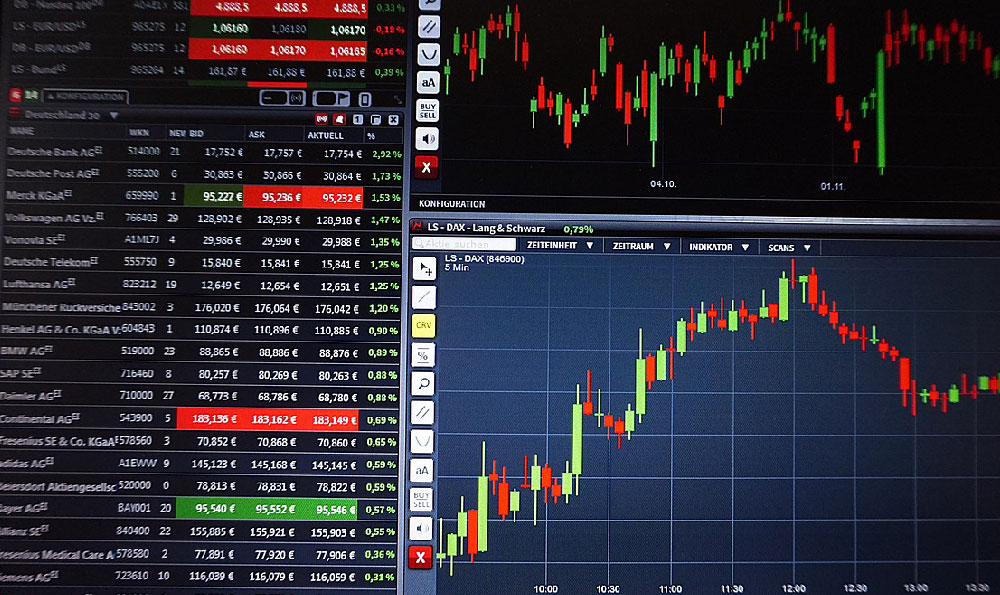Okay, let's dive into the fascinating world of YouTube earnings. It's a question that captivates aspiring content creators and seasoned YouTubers alike: how much can you actually make on YouTube? And what forces determine your financial success on the platform? The answer, as you might expect, is multifaceted and nuanced. There's no one-size-fits-all figure. Earnings fluctuate wildly depending on a complex interplay of variables.
Let's start with the fundamental revenue stream: AdSense. This is the most common way YouTubers generate income. Google, through its AdSense program, places ads on your videos. When viewers watch these ads (or sometimes, just see them), you earn a fraction of a cent. This fraction of a cent is often referred to as CPM (Cost Per Mille) or RPM (Revenue Per Mille). CPM is the cost advertisers pay for 1,000 ad impressions, while RPM is the revenue you receive for every 1,000 views after YouTube takes its cut (typically 45%).
The CPM and RPM are the foundational metrics influencing your AdSense earnings. However, these numbers aren't static. They fluctuate significantly based on several factors.

Audience Demographics: Advertisers are willing to pay more to reach certain demographics. For example, if your audience consists primarily of 25-45 year old individuals living in wealthy countries and interested in finance or technology, advertisers targeting that demographic will pay a premium to show ads on your videos. Conversely, if your audience is primarily teenagers in countries with lower purchasing power, your CPM and RPM will likely be lower. This is because advertisers are willing to pay more to reach individuals with higher disposable income and a demonstrated interest in their products or services. Understanding your audience demographic is crucial. YouTube Analytics provides detailed information about your viewers' age, gender, location, and interests, enabling you to tailor your content to attract a more lucrative audience.
Niche and Content Type: Certain niches are inherently more profitable than others. For instance, finance, business, technology, and personal finance channels often command higher CPMs and RPMs compared to channels focused on gaming, entertainment, or vlogging (although exceptional gaming or entertainment content can still generate significant revenue). This is because advertisers in these higher-paying niches are willing to spend more to reach an audience that is likely to be interested in their products or services. Furthermore, some content types are more attractive to advertisers. For example, tutorial videos, product reviews, and educational content tend to attract higher bids than purely entertainment-focused content.
Ad Placement and Format: The type of ads displayed on your videos also impacts your earnings. Skippable video ads typically generate more revenue than banner ads. Mid-roll ads (ads placed during the video) can significantly increase your earnings, but they can also be disruptive to the viewer experience. The key is to find a balance between maximizing ad revenue and maintaining a positive viewing experience. YouTube allows you to customize ad placement and formats, so experiment to find what works best for your audience and content.
Seasonality: Ad revenue tends to fluctuate throughout the year. The fourth quarter (October-December) is typically the most profitable period for YouTubers due to increased advertising spending during the holiday season. Conversely, January and February tend to be slower months. This seasonality is influenced by advertisers adjusting their budgets and strategies based on consumer spending patterns.
Video Length and Watch Time: Longer videos provide more opportunities to place mid-roll ads, which can significantly increase your earnings. Moreover, YouTube's algorithm favors videos with longer watch times. The longer viewers watch your videos, the more likely YouTube is to promote them to a wider audience, leading to increased views and, consequently, higher ad revenue. Focusing on creating engaging content that keeps viewers watching is essential for maximizing your earnings potential.
Engagement (Likes, Comments, Shares): While engagement doesn't directly translate to ad revenue, it plays a crucial role in YouTube's algorithm. Videos with high engagement rates are more likely to be recommended to other viewers, leading to increased visibility and views. Building a strong community around your channel and encouraging interaction through calls to action (e.g., asking viewers to like, comment, and subscribe) can significantly boost your channel's growth and, ultimately, your earnings.
YouTube Premium Revenue: YouTube Premium subscribers pay a monthly fee to watch videos ad-free. As a content creator, you receive a portion of the revenue generated from YouTube Premium subscriptions based on the watch time your videos receive from Premium subscribers. While this revenue stream may not be as substantial as AdSense revenue, it can contribute to your overall earnings.
Beyond AdSense: Diversifying Your Income Streams: While AdSense is a common starting point, it's crucial to diversify your income streams to create a more sustainable and resilient business. Here are some alternative avenues to consider:
- Affiliate Marketing: Promote products or services in your videos and earn a commission for every sale made through your unique affiliate link.
- Sponsorships: Partner with brands to create sponsored content. This can involve product reviews, brand mentions, or dedicated videos showcasing the brand's products or services.
- Merchandise: Sell branded merchandise, such as t-shirts, mugs, or stickers, to your audience.
- Patreon: Create a Patreon page and offer exclusive content and benefits to your most dedicated fans in exchange for a monthly subscription.
- Online Courses and Digital Products: Create and sell online courses, ebooks, or other digital products related to your niche.
- Channel Memberships: YouTube offers a channel memberships feature that allows viewers to support your channel with a recurring monthly payment in exchange for exclusive perks and content.
In conclusion, determining exactly how much you can earn on YouTube is complex. There's no magic formula or guaranteed income. Success hinges on a combination of factors including your niche, content quality, audience demographics, engagement rates, and diversification of income streams. Building a successful YouTube channel requires dedication, consistency, and a willingness to adapt to the ever-changing landscape of the platform. Focus on creating valuable content, building a strong community, and continuously experimenting with different monetization strategies. With hard work and a strategic approach, you can unlock your earning potential on YouTube. Remember that patience is key. Building a significant income stream takes time and effort. Don't be discouraged by slow initial progress. Stay consistent, analyze your data, and adapt your strategy as needed. The rewards can be substantial for those who are willing to put in the work.












